What are the kinds of Arabica beans how to distinguish Arabica from Rosa Bourbon and Ironpika Coffee beans
Ethiopia, as the birthplace of coffee, is naturally the genetic place of coffee varieties, so many coffee varieties are from Ethiopia. There are three large varieties of coffee, namely, small-grain Arabica coffee, medium-grain Robsta coffee and large-grain Liberika coffee.
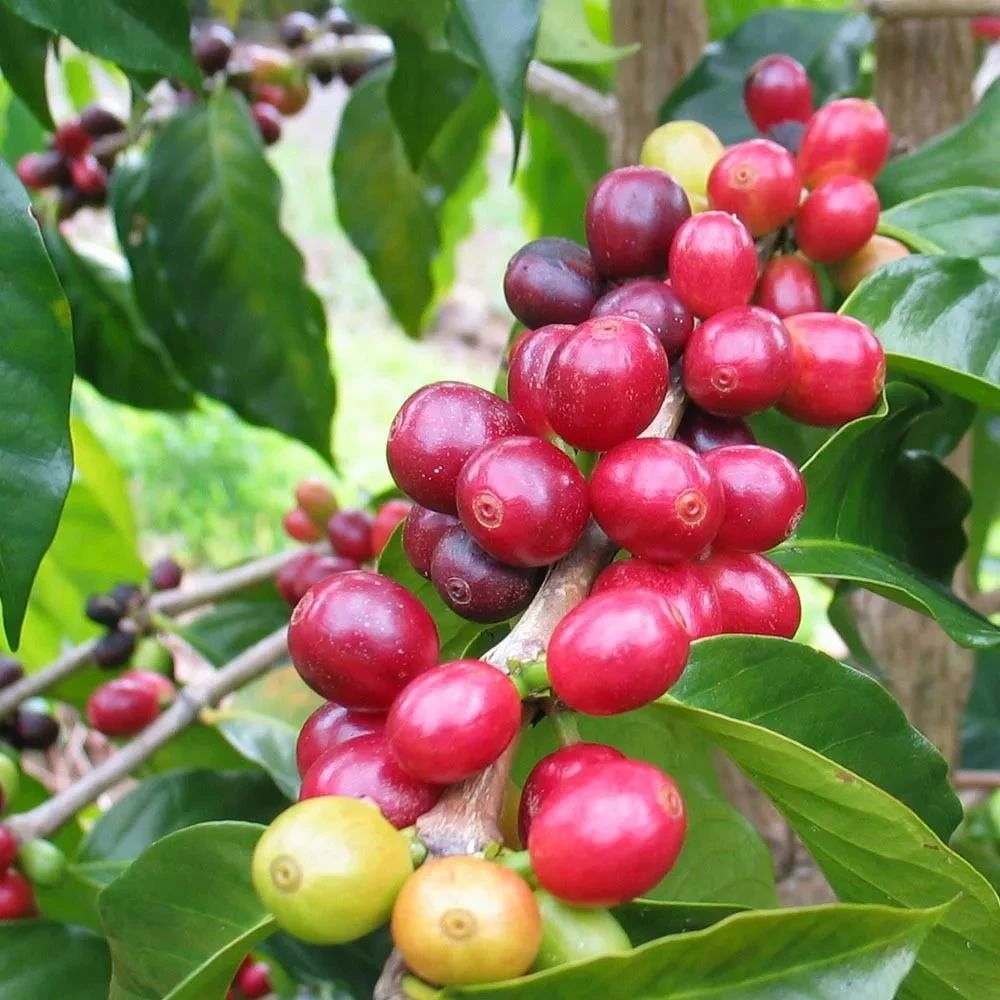
Small seed coffee is also called Arabica coffee, this kind of coffee is mostly boutique coffee, and it is also the largest coffee producer in the world. Arabica is the earliest variety to be discovered. Arabica is considered to be the best coffee variety and the most important variety in the world at present. Arabica species are produced in Central and South American countries, Brazil, Colombia, Ethiopia, Tanzania, Yemen and Indonesia in Africa. Arabica species usually grow between 2.5 and 4.5 meters, can withstand low temperature but can not frost, and do not have strong drought ability. Large particles, good quality, mellow taste, a little acidity and slight bitterness, accounting for about 75% of the world's output. Small-grain Arabica coffee originated from the Ethiopian plateau. Because of its excellent flavor and quality, Arabica coffee has been widely cultivated and has derived many varieties. Iron pickup, bourbon, rose summer and so on all belong to Arabica coffee. Are the oldest varieties of Arabica, mainly cultivated in Brazil, Colombia and other Central and South America; Central American Tiko, Sidamo; Sumatra Iron pickup in Indonesia and the Blue Mountains in Jamaica.
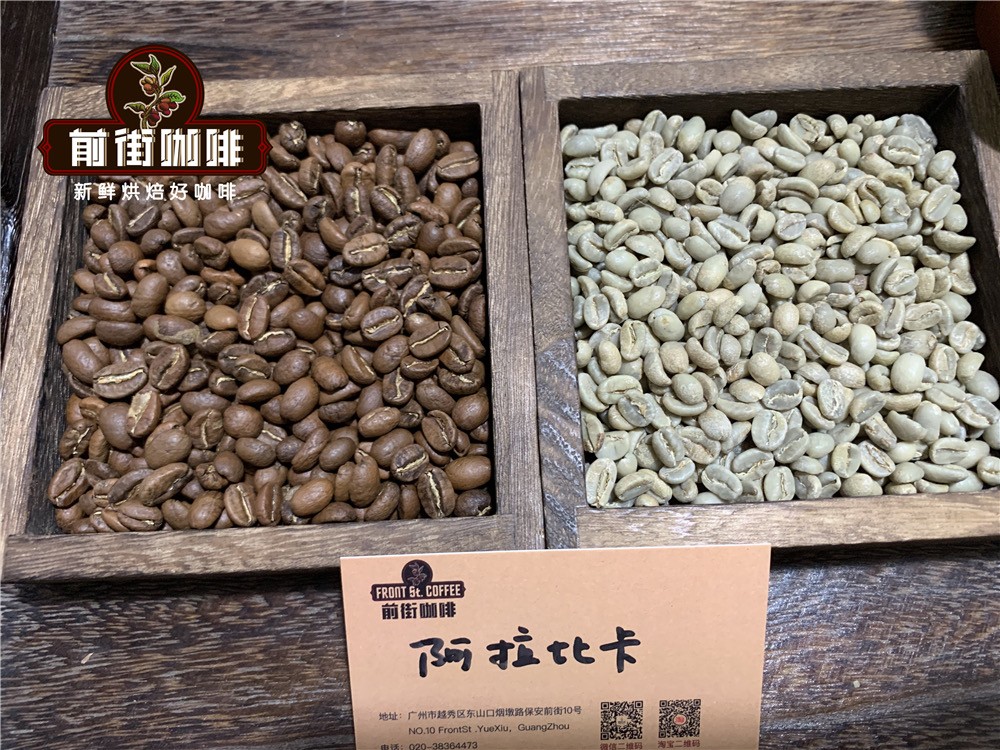
Arabica species are very sensitive to the requirements of the growing environment, so they are suitable for the growing areas of Arabica coffee trees, which are mostly located in the alpine terrain between the Tropic of Cancer. Arabica requires an altitude of 800-2000 meters for growth. The higher the altitude, the better the quality of the coffee. Arabica coffee is currently the most widely distributed variety of coffee. Arabica coffee is grown in Asia, Central and South America and Africa. Countries such as Ethiopia, Kenya, Panama, Colombia and Brazil are famous producers of Arabica coffee.
In terms of flavor, Arabica coffee beans are considered to have the best flavor, and have been used in the boutique coffee consumption market since the emergence of the concept of boutique coffee. A subgenus of Arabica coffee, Ironpika Coffee, has high acidity and high cup test scores, and has excellent genes as the oldest coffee variety.
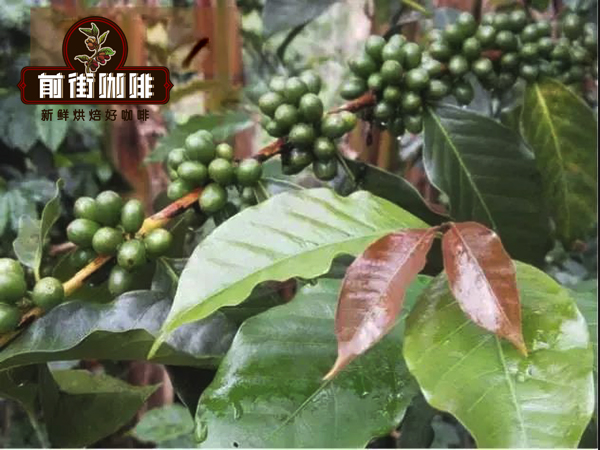
From the point of view of appearance, Arabica bean is long and flat, the central line is S-curve, Robbosa bean is strong, the shape is more round, and the central line is closer to a straight line. Although it is the same kind of Arabica coffee tree, but planted in different places, due to weather, soil and other effects, it will produce a completely different flavor. For example, the taste of rose summer in Ethiopia is completely different from that in Panama.
Bourbon and iron pickup constitute the most culturally and genetically important C. arabica coffee group in the world. Historical records show that coffee seeds were brought to Yemen from the coffee forests of southwestern Ethiopia, where they were grown as crops. Recent genetic tests have confirmed that bourbon and iron pickup are the main seeds shipped from Ethiopia to Yemen. The descendants of bourbon and iron pickup spread from Yemen to all over the world, forming the basis for the cultivation of modern Arabica coffee.
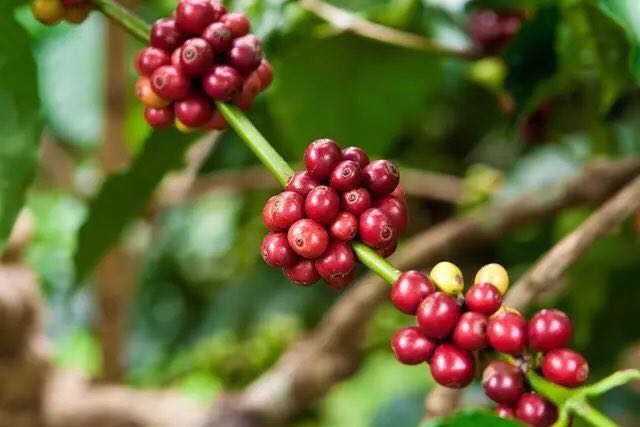
Arabica is the earliest coffee variety found, is considered to be the best of all varieties, the overall flavor is also better, is the main source of boutique coffee, but the disease resistance is weak, can only be grown in high altitude areas. Arabica coffee trees have been planted for more than 700 years, and many varieties have been developed. at present, the common varieties of Arabica coffee beans include Ironka, Bourbon, Kaddura, Pacas, Vera Shaki, Malago Yapi, Pacamara, New World, Kaduai, Rosa, Tim, Katim and so on. Arabica mostly appears as boutique coffee.
Iron pickup (Typica):
The oldest native variety in Ethiopia, all Arabica are derived from iron pickups. The top leaf of the iron pickup is bronzed, and the bean body is oval or thin in shape; the flavor is elegant, but the physique is weak, the disease resistance is poor, and the fruit yield is low. Excellent manor beans such as the Blue Mountains of Jamaica, Mantenin of Sumatra and Kona of Hawaii all belong to iron pickups.
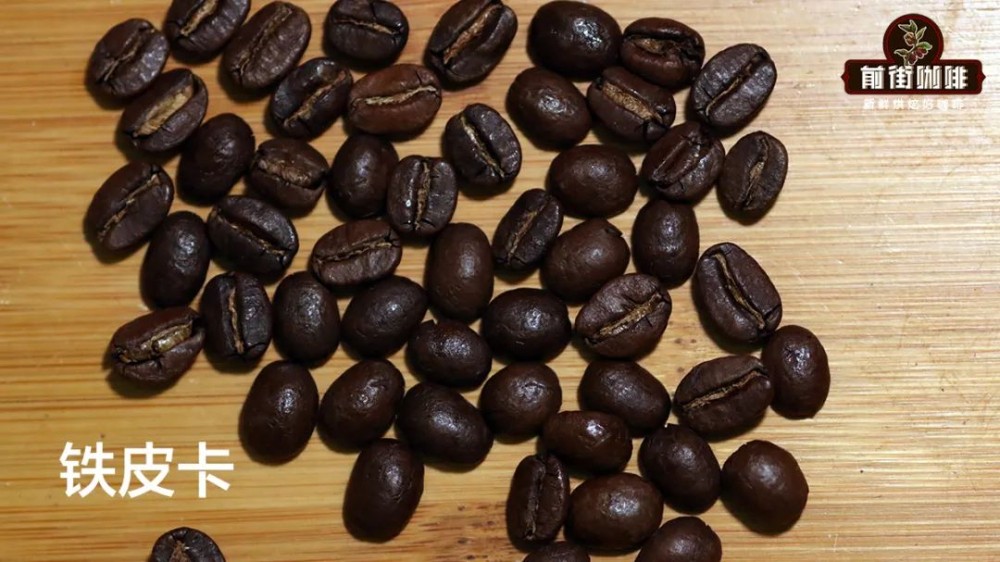
The iron pickup truck has obvious characteristics and may be the most easily identified variety. The whole plant is conical, the trunk is vertical, up to 5 meters. This height means that there are more sparse branches on the same branch than other varieties. The trunk and branches are not very thick. Leaves, cherries and raw beans are usually slender, and the tops of growing leaves are bronze. The surface of the leaves is smoother than other Arabica varieties, the waves on the edges are not obvious, and the color of ripe coffee cherries is bright red.
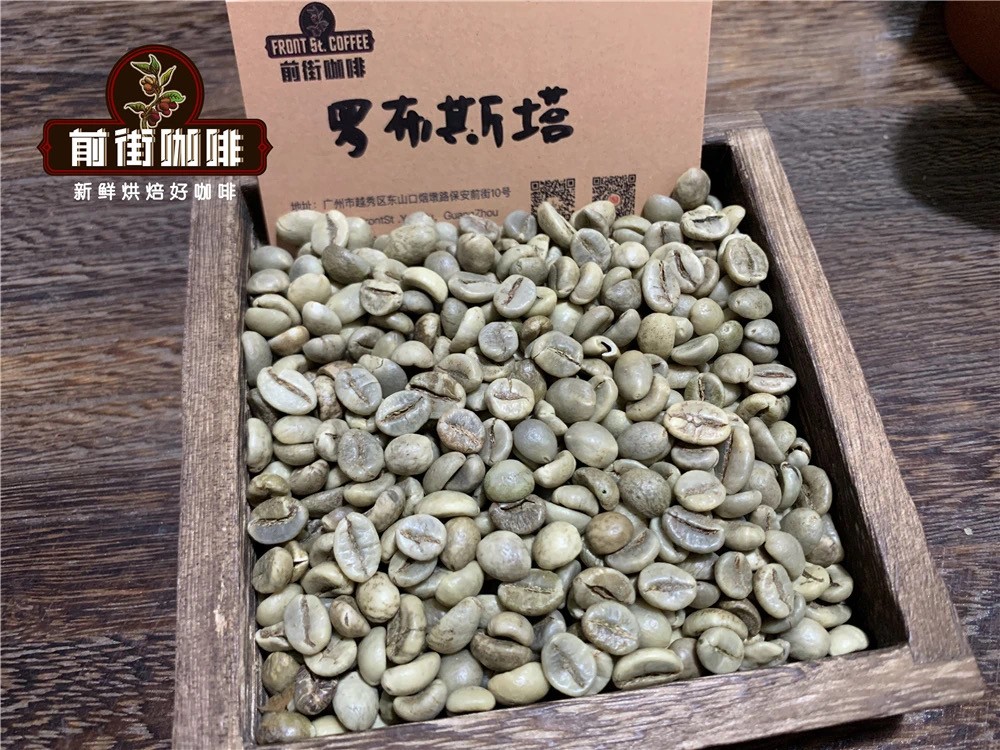
Arabica beans contain about 1.2% caffeine, robusta beans contain about 2.8% caffeine (bad flavor is often used to make instant coffee), sharp bourbon is only 0.6%, not only low caffeine content, rich fruit flavor and his mellow no less.
Bourbon:
After the early (prehistoric coffee) iron pickup was transplanted to Yemen, the bean shape changed from thin and pointed to round. It was named bourbon in 1715 after France transplanted round beans from Yemeni mocha to the island of Bourbon on the east coast of Africa (renamed Reunion after the French Revolution). Bourbon beans spread to Brazil and Central and South America in 1727, and the British transplanted Yemeni mochas to St. Helena Island (where Napoleon was later imprisoned) in 1732. Bourbon is the winner of the American boutique coffee cup test.
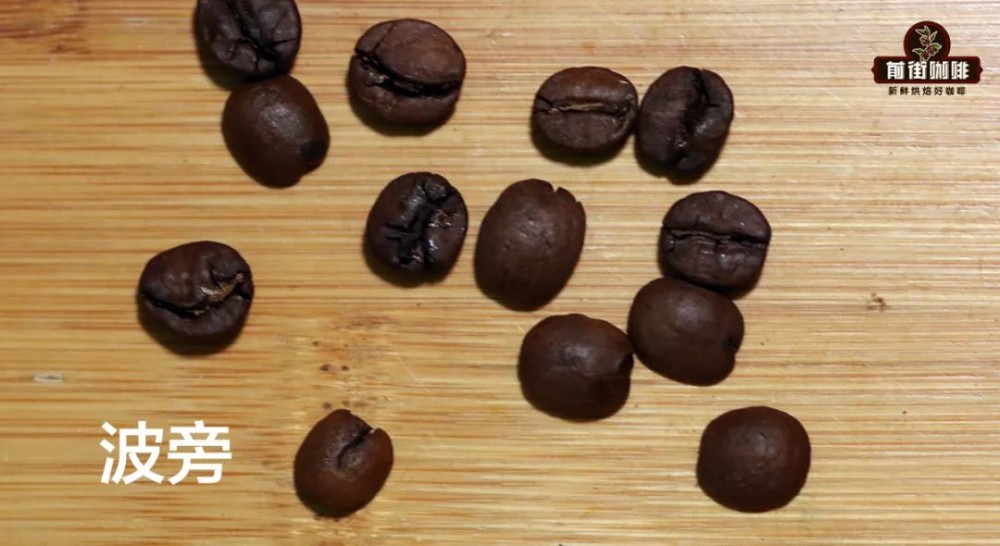
Bourbon has the same tall and conical shape as the tin pickup, but it has more secondary branches and is thicker. The main trunk and branches are thicker, so they are stronger than tin cards and are relatively less flexible. The branches are denser, and this increase in density means that bourbon can produce about 30% more coffee cherries than tin pickle.
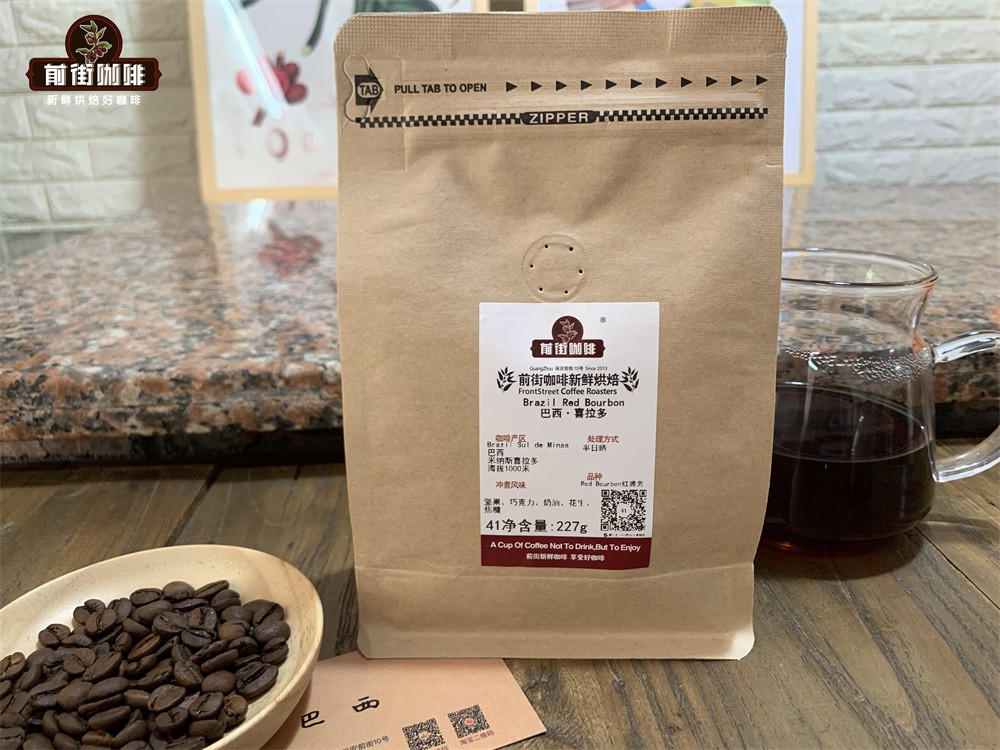
The bourbon leaves are wider and rougher than tin cards, and the edges of the leaves are wavy. Young leaves are usually green, but sometimes have bronze tips. Coffee cherries are round and change to a variety of colors when ripe, such as red, orange or yellow (but the color on the same plant is the same).
Kaddura (Caturra)
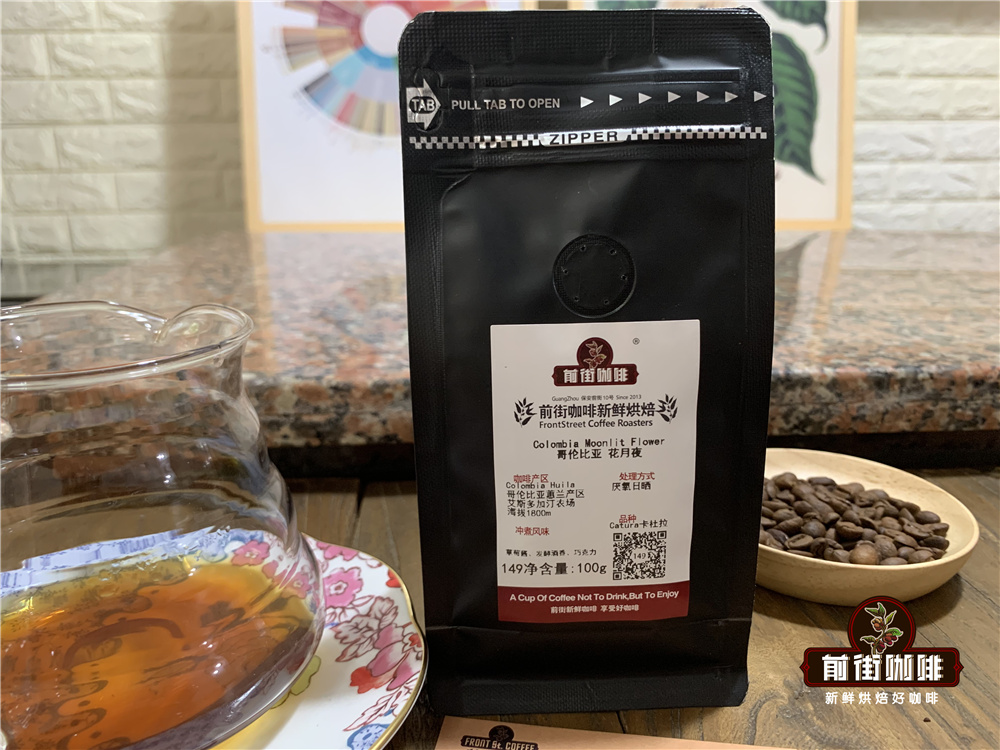
A natural variety of Arabica variety bourbon, it was discovered in Brazil in 1937. Its tree is not as tall and shorter as bourbon. Due to inheriting the blood of bourbon, the resistance is relatively weak, but the yield is higher than that of bourbon. Although found in Brazil, Kaddura is not suitable for growing in Brazil, so it is not planted on a large scale in Brazil, but is popular in Central and South America, such as Colombia, Costa Rica and Nicaragua. Kaddura is widely planted in Brazil.
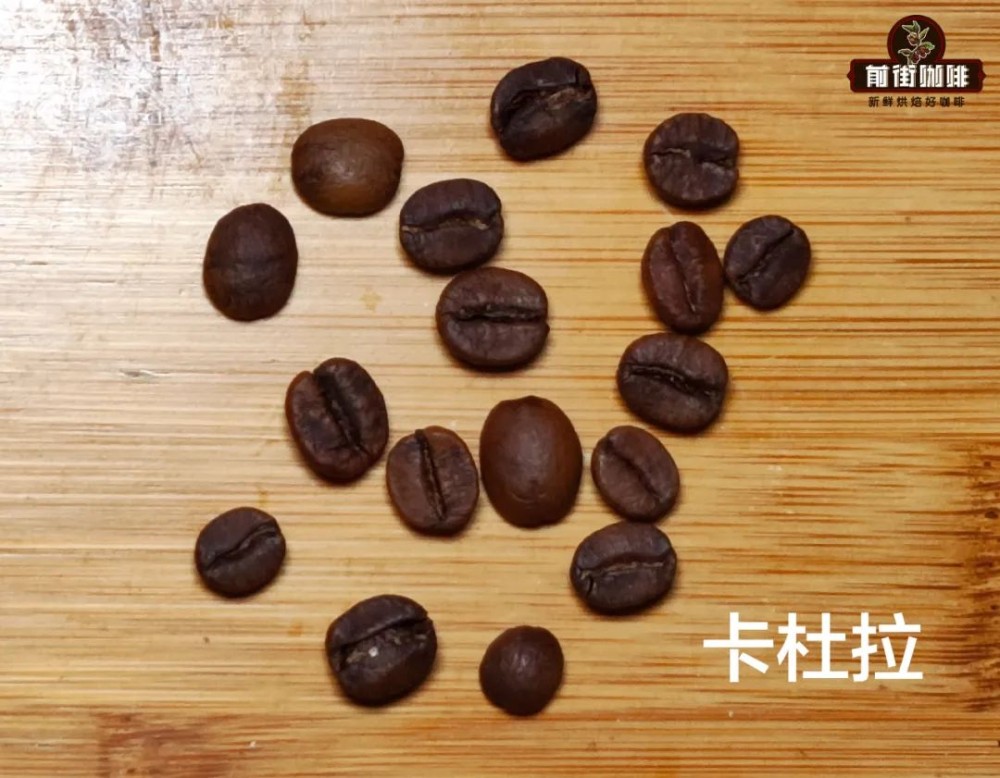
Kaduai:
Kaduai is an artificially bred hybrid between Kaddura and New World. The new world is the result of a natural cross between Bourbon and Sumatra iron pickup. So Kaduai has the genes of the iron pickup and is naturally expressed in the physical signs.
The Kaduai coffee beans are oval and flat in shape, while the tail part of the bean body is slender. In Central and South America, many producing areas will grow Kaddura and Kaduai together, so we can find some smaller round Kaddura and larger and longer Kaduai in Central and South America beans.
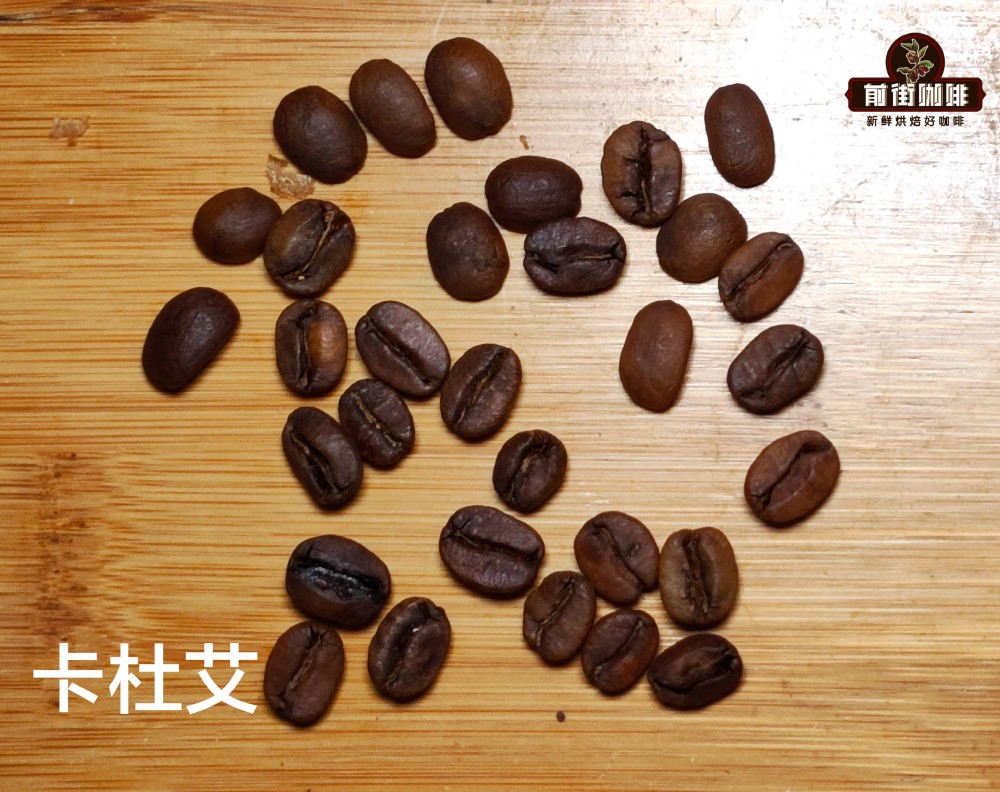
Pacas (Pacas)
Pacas (Pacas): a variety of bourbon found in El Salvador. In 1935, Salvadoran coffee farmer Pacas selected high-capacity varieties of San Ramon bourbon (San Ramon bourbon) to be planted on farms. In 1956, a friend found that the amount of bourbon in his farm was higher than that of the same kind of coffee tree, so he asked a professor at the University of Florida to identify it, confirmed that there was a genetic mutation in bourbon, and named the new variety after the farm's evaluation, "Pacas." Because of its high yield and good quality, Pacas is very popular in Central America and plays the role of a "stallion" of an improved breed. In El Salvador, 68 per cent are bourbon, 29 per cent are Pacas and the other 3 per cent are just Kaduai, Kaddura and the noble Pacamara.
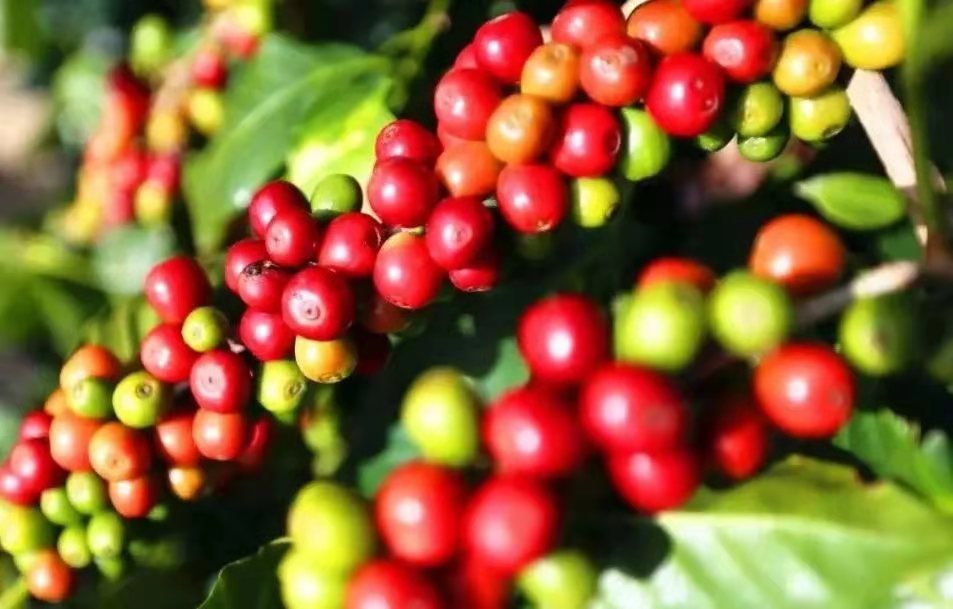
Kenya "SL28" and "SL34:
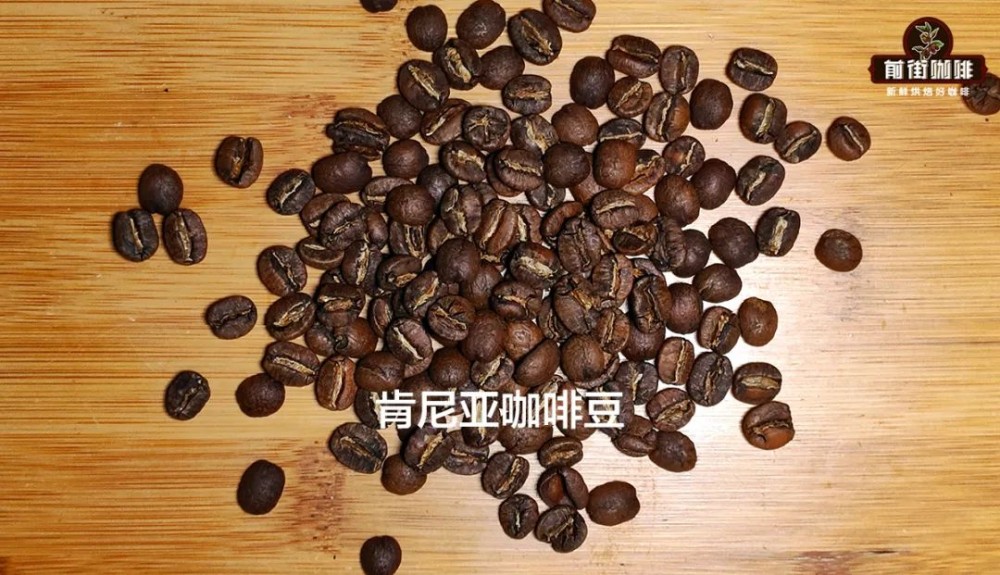
Kenyan boutique coffee is washed with water, so the flavor is clean and bright, and the sour taste is more prominent. Many small farmers still adhere to high-quality control, high-quality products come out one after another. In the phosphoric acid-filled Kenyan soil, it seems that both SL-28 and SL-34 bourbon variants have adapted and are the contributors to the unique aroma of Umei acid. The unique aroma of Umei acid, citrus, wine-like taste, mixed with sweet sugar cane, strong aroma but elegant, clear and distinct layers, complex and deep taste, full of individual acidity, showing the extraordinary quality of Kenyan boutique coffee.

Rose summer
Rosy summer coffee is believed to be the most familiar variety, but many friends only hear its name but do not see its appearance, so the front street will talk about its characteristics, first take the Panamanian rose summer as an example, because its recognition degree is the highest. Panamanian rose summer coffee beans have a slender body, pointed at both ends, fat and plump in the middle, and ripe beans are a bit like sausage bags.

This very popular coffee variety is easily identified by the angle of the top branches and the shape of the plant, and the top branches of the rose summer species extend into the sky at 45-50 degrees. The rose summer plant is tall, with a long distance between branches, and the trunk and branches are very thin, a bit like a tin pickup.
The leaves are smooth and slender, and coffee cherries are as slender as tin pickups. The most obvious difference between Rosa and a tin pickup is that it is umbrella-shaped or flat-topped, while the tin truck is conical.
The taste of ripe rose cherries is completely different from other varieties. They have citrus flavor and sweetness, as well as jasmine aromas.
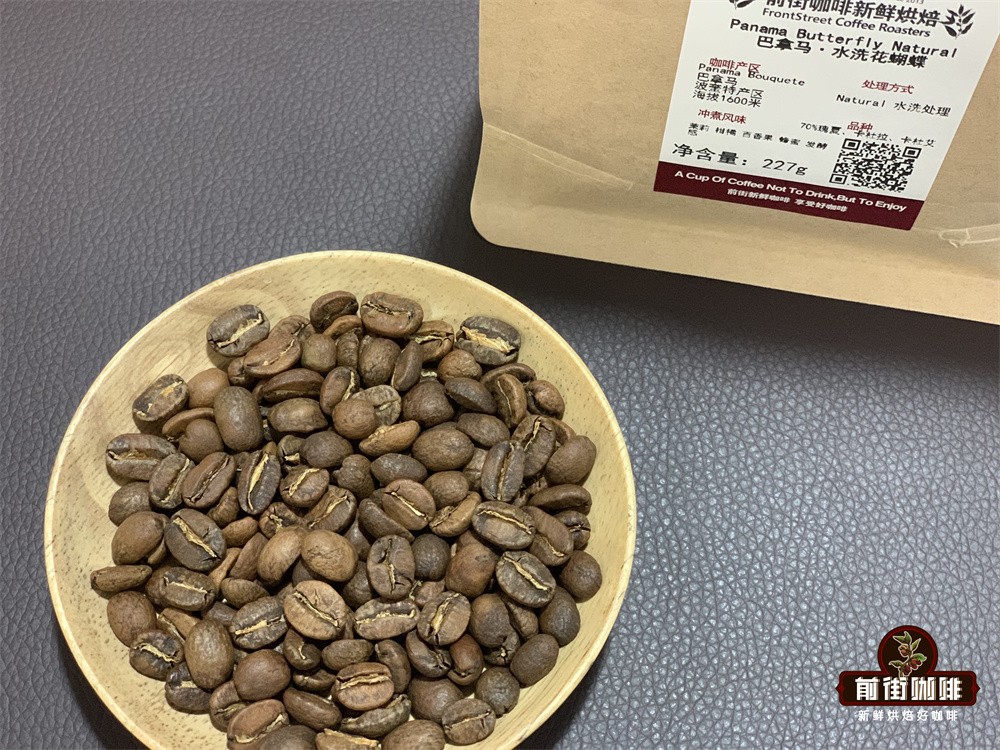
For example, in the beans of the butterfly, including Rosa, Kaddura and Kaduai, we will first clearly distinguish the large, long, pointed beans, which is the typical characteristic of Rosa coffee beans. Of course, the smaller Rosa coffee beans are slightly less recognizable, but if you look at them carefully, you can see that they are thin at both ends and full in the middle.
This feature does not apply in the rose summer of Ethiopia, because Ethiopia's rose summer coffee beans are famous in Panama rose summer, and then trace back to the forest sampled in Ethiopia that year, and then look for varieties in the forest that they think are similar in flavor to Panama rose summer.
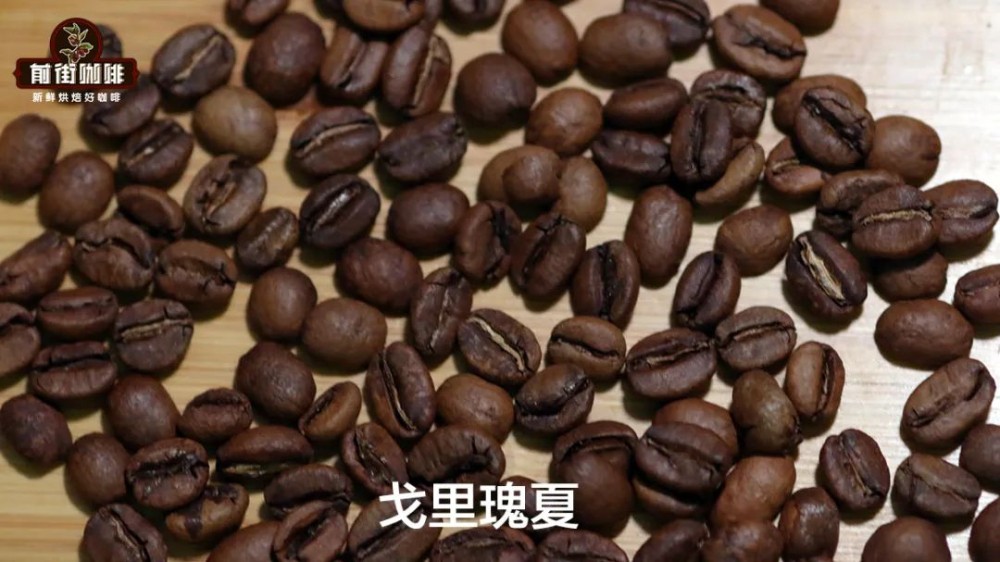
For example, the rose summer coffee variety of the Rose Summer Village Manor is called Gori Rose Summer and Rose Summer 1931. According to the historical data, the owner of the manor found a place called Gori Rose Summer Forest, thinking that this is where the British sampled and took the rose. so they also sampled here, and finally selected Rose Summer 1931, which was not selected for genetic identification, but to observe the plant shape, the shape of beans, and the flavor of the cup. From the sample, they think that this coffee variety is similar to the Panamanian summer.
As for Gori Rose Summer, the owner reentered the Gori Forest in 2011 to find it. Even if they find the right place, there are thousands of varieties in the Rosa Forest, there is no guarantee that the varieties they are looking for are the Rose Summer of that year (T2722). Therefore, it is normal to have different bean-shaped characteristics, after all, they are not the same variety.
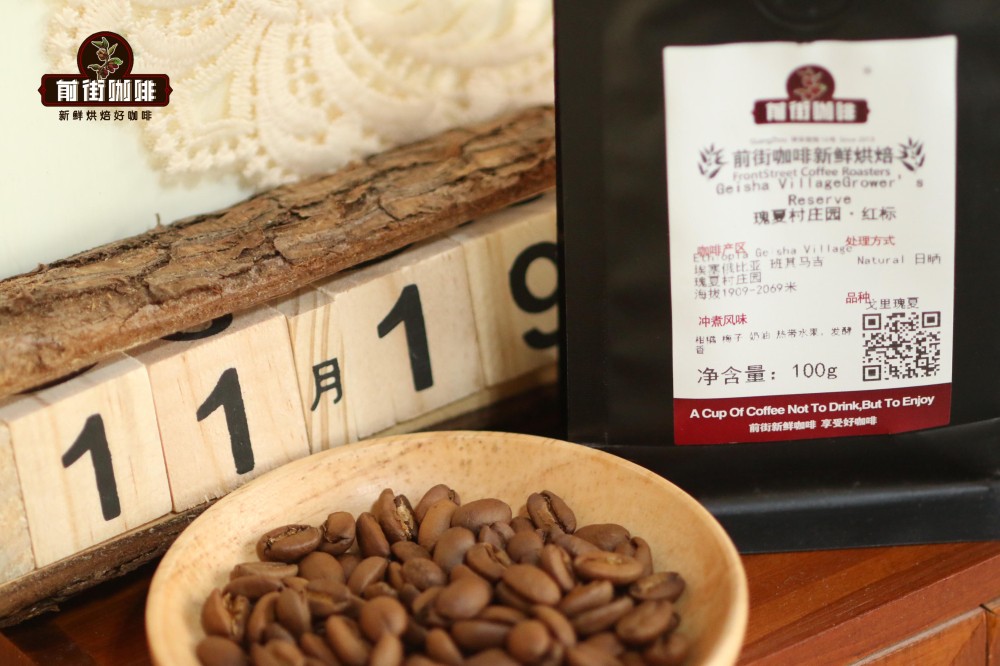
Rose Xia Village in terms of size are too small, Rose Xia 1931 has a slightly convex tip at both ends, fat in the middle. Gori Rose Xia is oval and small.
Vera Saatchi (Villa Sarchi): bourbon variety first discovered in Costa Rica in the 1960s.
Elephant beans (Maragogype): the shape of beans is three times bigger than Arabica and is the largest in the world, hence the name. It is the most well-known variety of iron pickup beans, first discovered in 1870 in the Maragogippe bean-producing region of Paxi Asia in northeastern Brazil.
Suggestions for making coffee in front of the street:
For coffee brewing, the freshness of coffee is very important to the flavor of coffee. Therefore, the coffee beans shipped from Qianjie coffee are all roasted within 5 days. The purpose of Qianjie roasting is "freshly roasted coffee", so that every guest who places an order is the freshest coffee when he receives it. The bean cultivation period of coffee is about 4-7 days, so when the guest gets it, it is the time when the flavor is the best.
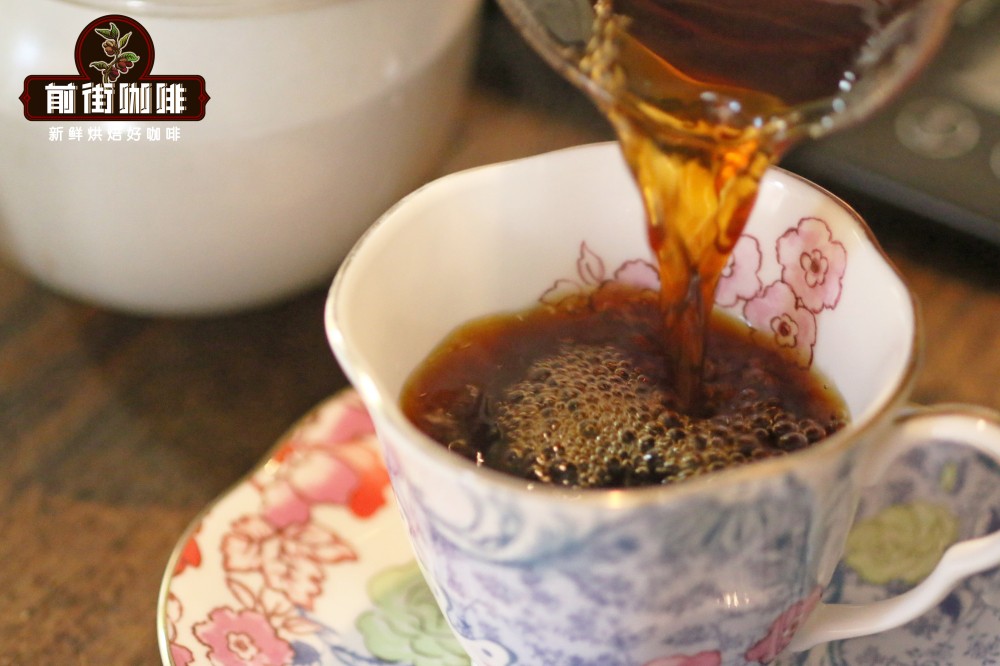
For those who need to be ground, Qianjie warmly reminds you that if the coffee beans are ground in advance, there is no need to raise the beans, because in the process of transportation, the pressure caused by carbon dioxide in the package can also make the coffee flavor round. so you can drink a cup of coffee as soon as you receive the coffee powder. But the coffee powder needs to be brewed in time, because the coffee powder oxidizes more quickly after contact with the air, that is to say, the flavor of the coffee will dissipate more quickly, and the flavor of the coffee is not so good. Therefore, Qianjie suggests buying whole beans, grinding and flushing now, so that we can better taste the flavor of coffee.
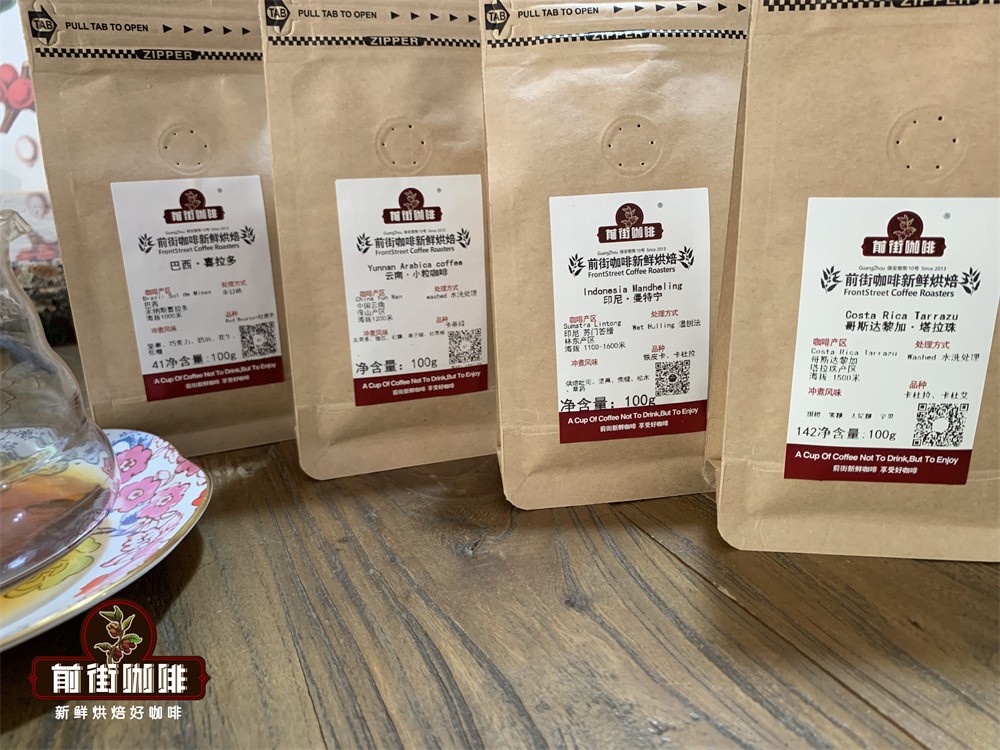
The variety of coffee beans is a factor that directly affects the flavor of coffee. The flavor of coffee will be different with different producing areas and varieties. It is precisely because of this that Qianjie wants to make people know more about coffee, so there are more than five dozen individual coffee beans from different producing areas in Qianjie, and they directly choose 9 kinds of coffee beans from various producing countries as rations beans, which is very cost-effective! Such as: Huilan Coffee from Colombia, Pokuit Rose Summer Coffee from Panama, Brazilian Coffee, Ethiopian Water-washed Yega Xuefei Coffee, Yunnan small-grain Coffee from China, and so on.
Professional coffee knowledge exchange more coffee bean information please follow the coffee workshop (Wechat official account cafe_style)
For more boutique coffee beans, please add private Qianjie coffee on Wechat. WeChat account: qjcoffeex
Important Notice :
前街咖啡 FrontStreet Coffee has moved to new addredd:
FrontStreet Coffee Address: 315,Donghua East Road,GuangZhou
Tel:020 38364473
- Prev

Panamanian Coffee introduction Panamanian Emerald Manor Rose Summer Coffee how to drink?
Professional coffee knowledge exchange more coffee bean information Please pay attention to the coffee workshop (Wechat official account cafe_style) the geographical environment of Panama means that the domestic coffee producing areas have many unique microclimate, including many highly capable and dedicated coffee producers, so there are a lot of excellent quality coffee, of course, relatively expensive. Jadeite Manor / Hacienda L
- Next

Ethiopia Valley Ji Anna Sola Manor Dorothy Coffee Bean Enzyme Wash Peach Oolong Flavor Introduction
Professional coffee knowledge exchange More coffee bean information Please pay attention to coffee workshop (Weixin Official Accounts cafe_style) Washing method: Bean selection: Put the harvested fruit in a water tank and soak for about 24 hours. The ripe fruit will sink, while the immature and overripe fruit will float up and can be culled.
Related
- Does Rose Summer choose Blue, Green or Red? Detailed explanation of Rose Summer Coffee plots and Classification in Panamanian Jade Manor
- What is the difference between the origin, producing area, processing plant, cooperative and manor of coffee beans?
- How fine does the espresso powder fit? how to grind the espresso?
- Sca coffee roasting degree color card coffee roasting degree 8 roasting color values what do you mean?
- The practice of lattes: how to make lattes at home
- Introduction to Indonesian Fine Coffee beans-- Java Coffee producing area of Indonesian Arabica Coffee
- How much will the flavor of light and medium roasted rose summer be expressed? What baking level is rose summer suitable for?
- Introduction to the characteristics of washing, sun-drying or wet-planing coffee commonly used in Mantenin, Indonesia
- Price characteristics of Arabica Coffee Bean Starbucks introduction to Manning Coffee Bean Taste producing area Variety Manor
- What is the authentic Yega flavor? What are the flavor characteristics of the really excellent Yejasuffi coffee beans?

